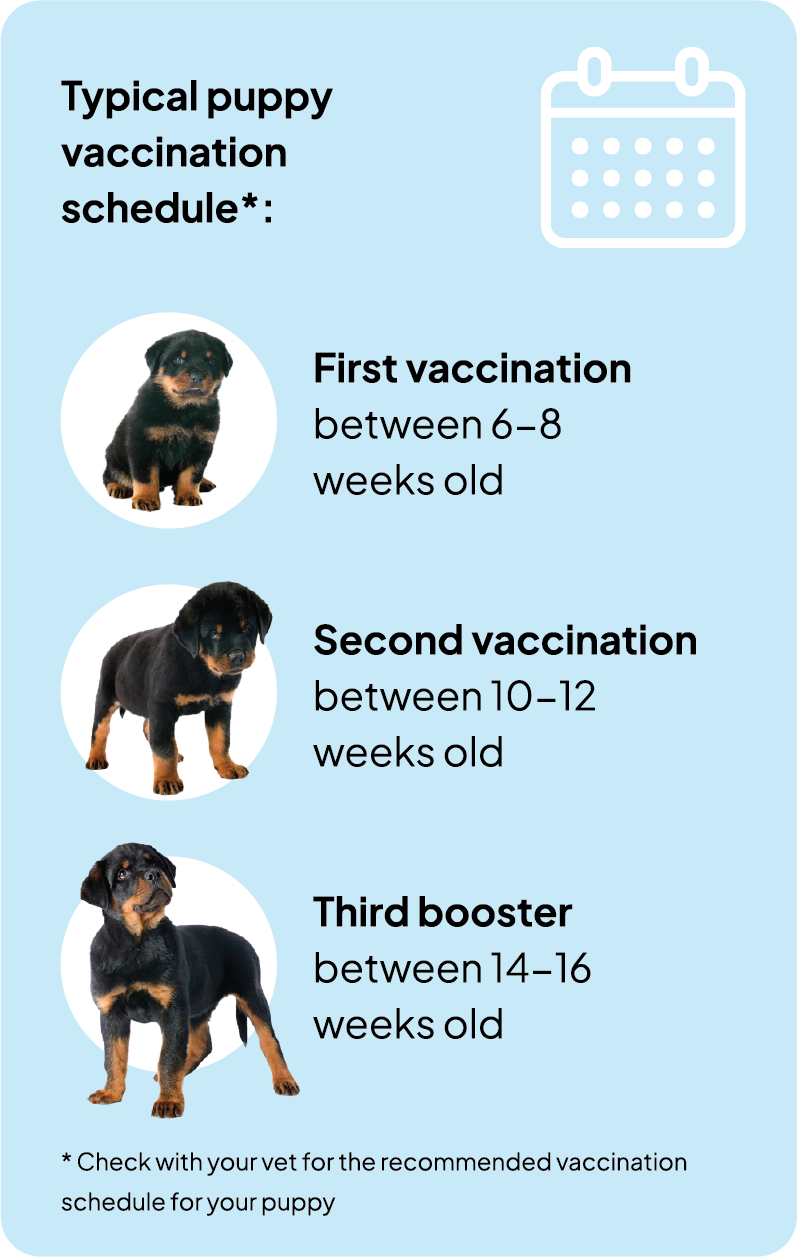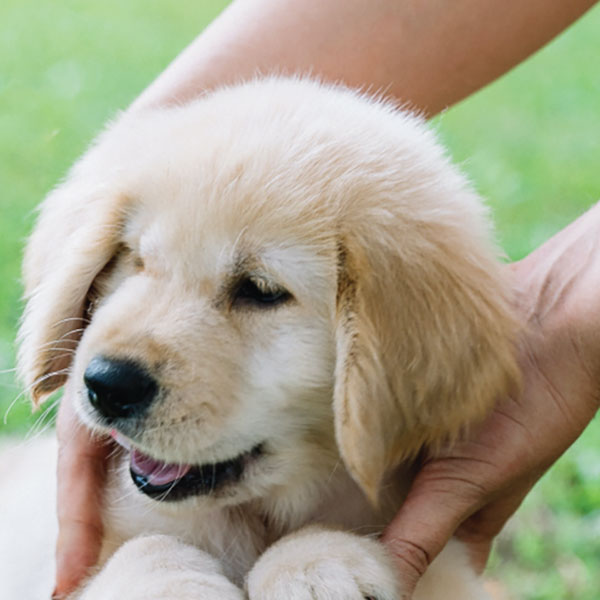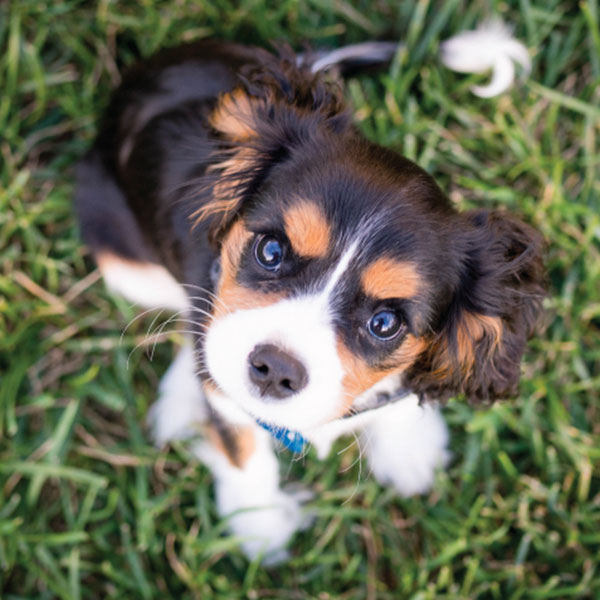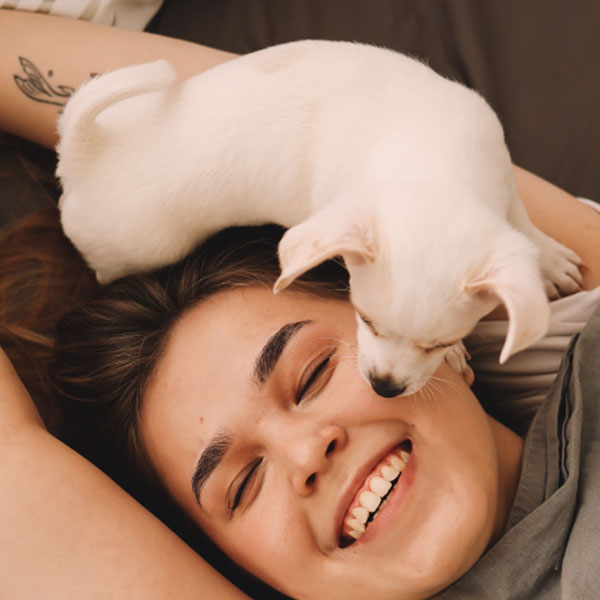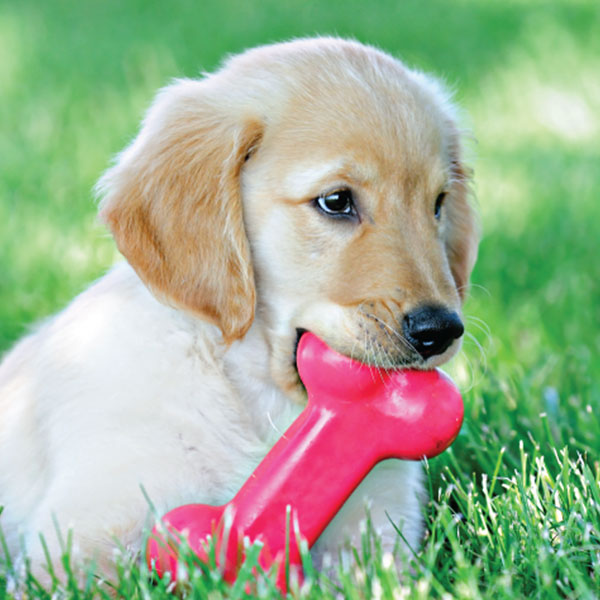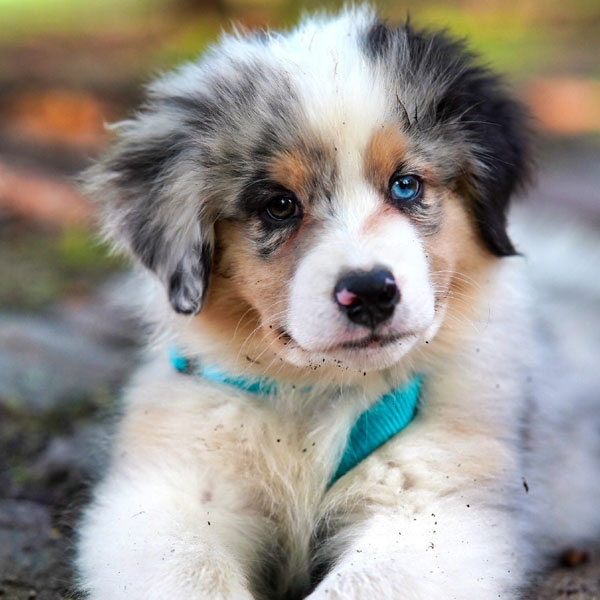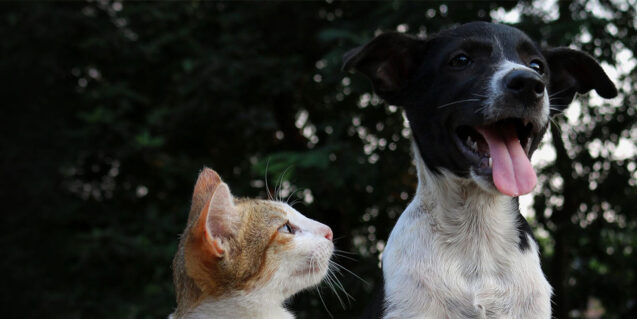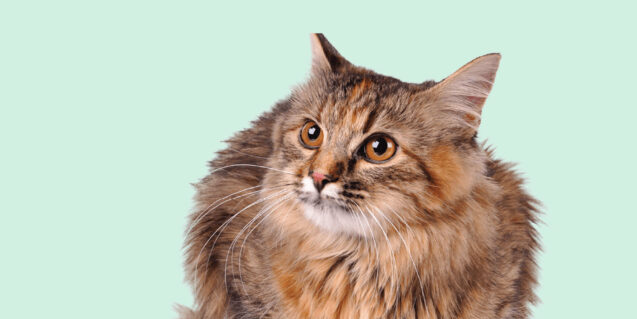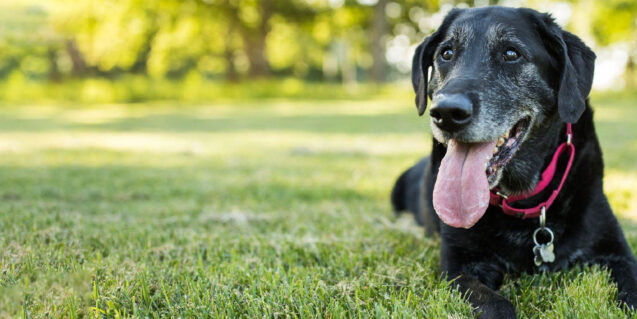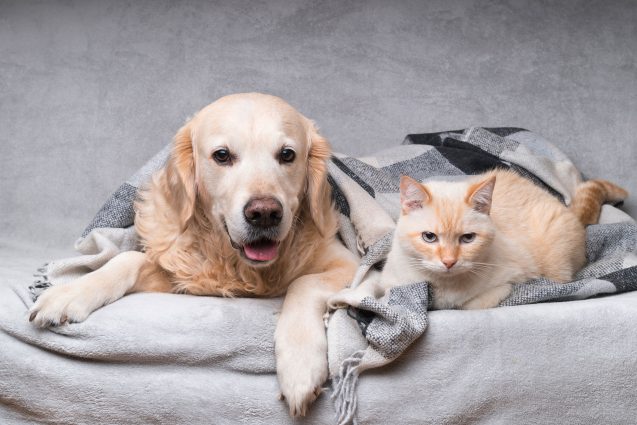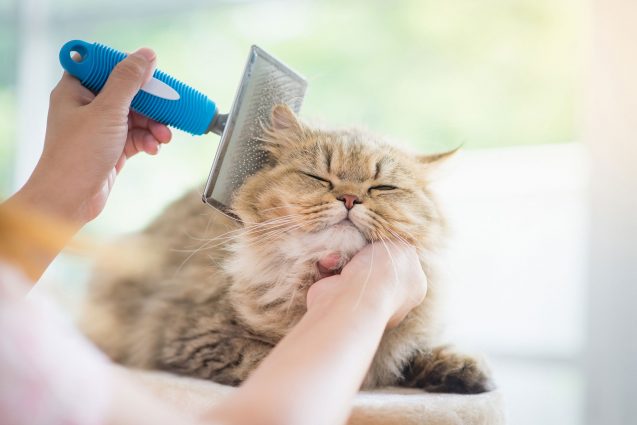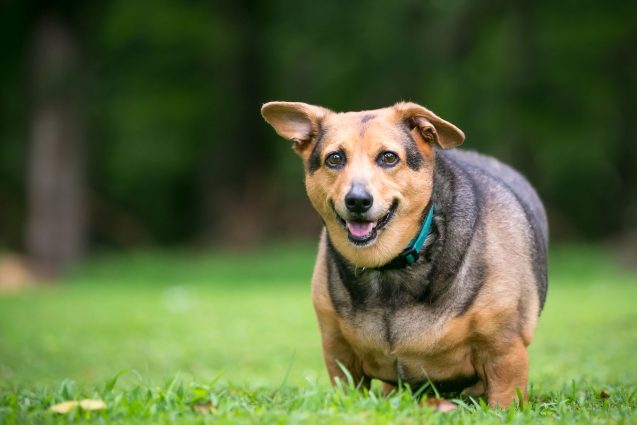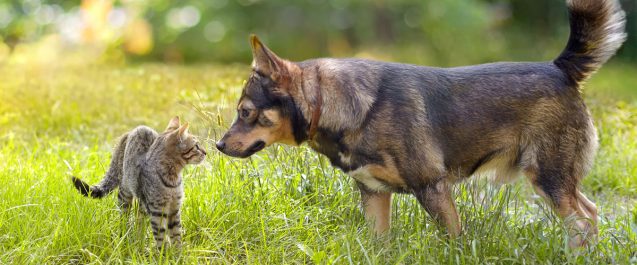All of Wilston Vet's blogging is updated on this page. To view our latest information, pet care advice and news, please visit the side menu and select which category interests you.
Microchipping and name tags
Microchipping
It is a legal requirement in most states and territories in Australia to have your puppy microchipped. This tiny chip is placed under the skin of the neck, between your puppy’s shoulder blades. If your puppy is found and taken to a vet or animal shelter, staff will use a special scanner to retrieve the unique identifying code on your pet’s microchip, which is stored in nationwide registry databases. Therefore, it’s imperative that you keep these details up to date. If you’re unsure of your puppy’s microchip status, we can use our clinic scanner to check this. It only takes a few minutes and does not require an appointment.
Microchipping your puppy helps ensure they are easily identified and is a requirementin certain regions across New Zealand. A microchip is a tiny chip placed underthe skin of the neck, between your puppy’s shoulder blades. If your puppy is found and taken to a vet or animal shelter, staff will use a scanner to retrieve the unique identifying code on your puppy’s microchip, which is stored in a nationwide registry database. Therefore, it’s mportant to keep these details up to date. If you’re unsure of your puppy’s microchip status, we can use our clinic scanner to check this. It only takes a few minutes.
Name tags
We recommend getting your puppy’s name engraved on one side, and one or more phone numbers engraved on the other. This gives you peace of mind knowing that if your pup runs off, most likely someone will find them and give you a call.

Remember: Talk to our team if your pet needs a microchip or to confirm your details registered on the chip.
Book an appointment >
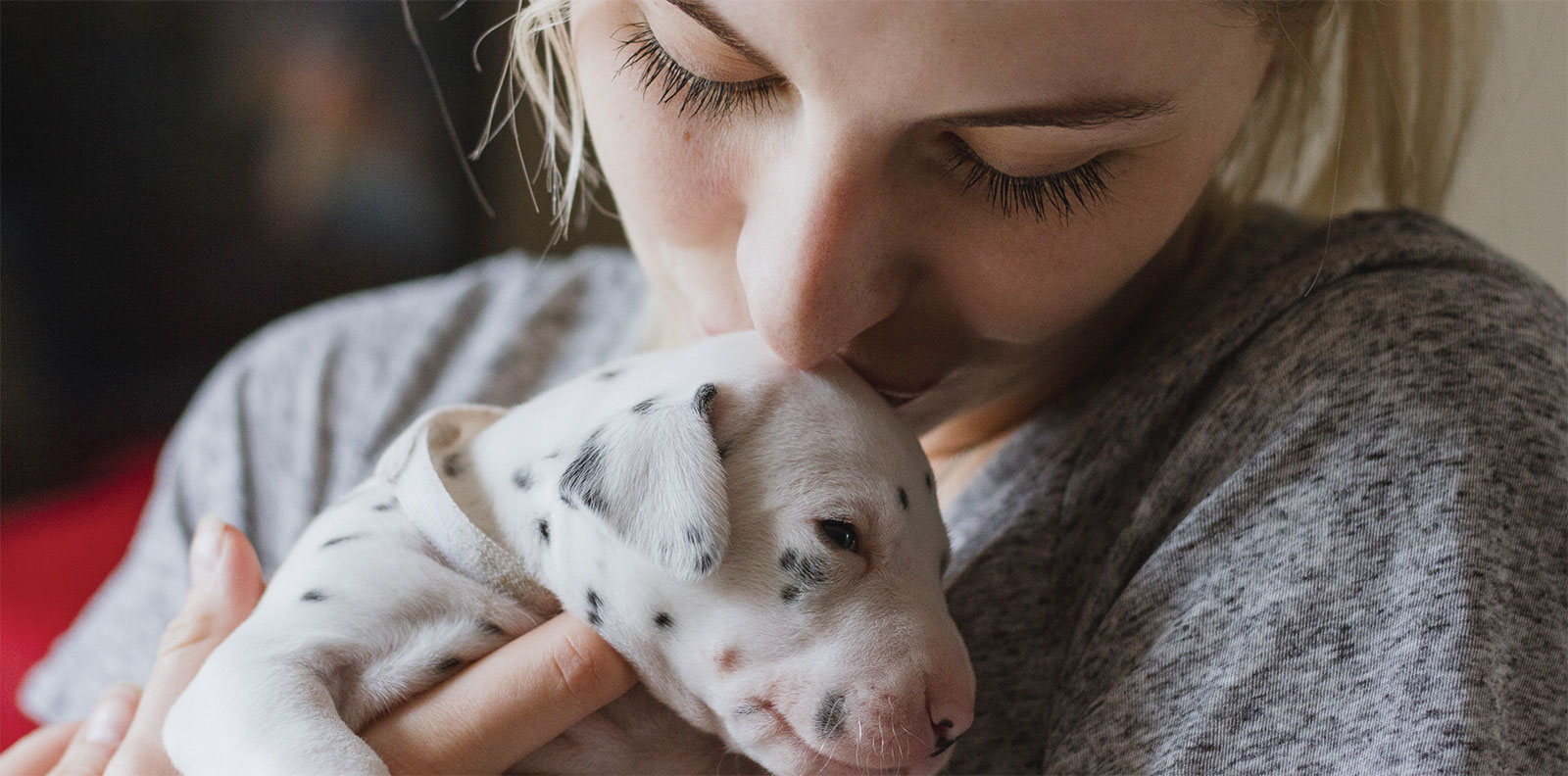
We’re here to help
If you have any questions about anything regarding your puppy, get in touch with us today, or bring them in for a check-up (we love meeting new puppies!)
Book an appointment >
More
Puppy Vaccinations
Just like us humans, it’s important for dogs to get vaccinated to protect from certain diseases.
Their vaccination schedule starts from just 6 weeks old and it’s important to keep up with the recommended schedule for puppies, as this will help ensure they’re properly protected from diseases such as canine parvovirus, canine distemper virus, infectious canine hepatitis, and infectious canine tracheobronchitis (kennel cough).
A typical vaccination schedule starts when your puppy is 6−8 weeks old; their second injection is at 10−12 weeks and their third and final ‘booster’ is at 14−16 weeks. This can vary depending on your location and the type of vaccine your vet uses. One thing to be aware of is that vaccinations can take up to two weeks to have their full effect, so unless your vet has advised otherwise avoid taking your puppy out and about, particularly to dog parks, beaches and other dog hotspots until 2 weeks after they have had their final vaccination.
Bringing your new puppy in for their vaccinations is a great way to get them acquainted with the vet. We’ll be here to make the experience as positive as possible, with lots of treats, toys and cuddles!
Book an appointment >

We’re here to help
If you have any questions about anything regarding your puppy, get in touch with us today, or bring them in for a check-up (we love meeting new puppies!)
Book an appointment >
More
Welcoming a new puppy into your home is one of the most wonderful things you’ll experience as a pet parent.
As you celebrate and fuss over the newest addition to the family, you might suddenly find there’s a lot to consider, as well as some important steps you need to take to get your puppy ready for the big wide world.
Vaccinations
Just like us humans, it’s important for dogs to get vaccinated to protect from certain diseases.
Read More
Microchipping and name tags
Microchipping is important as it helps other identify your puppy if it gets lost. Most breeders and pet shops will microchip your puppy for you.
Read More
Desexing your puppy
Desexing is generally recommended at around 6 months of age. Not only does it prevent any unwanted litters, but it reduces the risk of certain diseases and cancers.
Read More
Protecting them from parasites
There are various nasty parasites you need to protect your new puppy from, including heartworms, intestinal worms, fleas and ticks.
There are various nasty parasites you need to protect your new puppy from, including intestinal worms & fleas.
Read More
Nutrition
Ever heard the expression ‘You are what you eat’? Well, it applies to our canine friends as well. Proper nutrition is vital for puppies because it helps them to grow strong bones and muscles …
Read More
Dental health
It’s a good idea to start caring for your puppy’s teeth from a young age. Proper dental care can help prevent the build-up of plaque and tartar, which can lead to gum disease and tooth decay in later years.
Read More
Socialisation
It’s very important that your puppy has positive interactions with other people and dogs during their first few weeks to help them grow into a confident and well-behaved member of the family.
Read More

We’re here to help
If you have any questions about anything regarding your puppy, get in touch with us today, or bring them in for a check-up (we love meeting new puppies!)
Book an appointment >
More
Our Pet Age Calculator will tell you. Turns out it’s not as simple as just multiplying a cat or dog’s age by 7! Pets can age differently depending on their species, breed, and size. Input your pet’s calendar age below and find out their relative age and life stage, anywhere from a fresh-faced Puppy or Kitten to a “golden oldie” Geriatric.
More
Hi paw parent, just like you, pets want to live a long and happy life. With proper health care management, older pets can live their lives to their full potential, which may be well over the equivalent of 100 human years! The key to giving them a longer, healthier time with you can be pretty simple, it’s all about detecting problems early. Half yearly check-ups and thorough physical examinations are recommended for Senior pets. As are lots of pats and cuddles, but you already knew that bit!
More
When is a pet classified as being senior or mature? Dogs and cats are considered to be mature adults once they turn 7 years old. Large breed dogs age more quickly and are considered mature at 5-6 years of age.
More
Aging is an unavoidable part of life, and when it comes to our pets, some will age without any major issues, and some will need a little extra TLC. It is important to know what age-related changes look like and how to manage them appropriately, so we can ensure our pets are comfortable.
When does my pet become a senior?
This can vary between individuals and can be greatly influenced by breed, size, pre-existing health conditions and living situations, but typically:
- Small dogs – six to seven years old
- Large dogs – five to six years old
- Cats – eight to ten years old
You might notice some physical and behavioural changes, such as:
- Greying or whitening fur around the nose and mouth or throughout the coat
- A general ‘slowing down’ or a slightly less bouncy personality
- Longer and more frequent naps throughout the day
- More frequent urination, and perhaps the odd ‘accident’
- Increased vocalisation – this can be caused by increased anxiety, confusion or frustration
Common Senior Pet Ailments
Some of the age-related changes our pets may experience may be uncomfortable and impact their daily lives a little more than a greying moustache. If you notice any of the below it is important to have your vet check them out to determine a plan to help your pet
- Arthritis (inflammation of the joints, making it uncomfortable to stand up and move around).
- Loss of eyesight –caused by a clouding of the eyes, cataracts or other eye diseases.
- Loss of hearing.
- Incontinence – this is common in older pets but there are plenty of treatment plans your vet can recommend. Incontinence can also indicate urinary tract infections, kidney disease or hormonal changes.
- Weight changes – due to reduced physical activity and/or changes in hormones as they age, older pets can gain weight. You may also find that they lose weight due to a changed appetite, reduced nutrient absorption, reduced muscle mass or even a digestive illness. Weight gain or loss as a pet ages isn’t normal and should be investigated by your vet.
- Lumps and bumps are definitely more common as our pets age! It is always recommended to get them checked by a vet to rule out possible nasties.
- Smelly breath – just like us, our pet’s immune systems weaken with age, so their bodies can’t fight off germs as easily as they once did. We can see this as gum disease, tooth decay, or other infections in the mouth, leading to smelly breath. Smelly breath can mean a painful mouth for your pet (not to mention offensive to us!) so check in with our team if you notice this.
How can I make my senior pet more comfortable?
There are plenty of ways to manage your pet’s aging, and these tips are very easy to implement:
- Talk to your vet about your pet’s diet – they may need more nutritious food for nurturing specific conditions and even the inclusion of dietary supplements.
- Let your senior pet sleep inside in winter – keeping them comfy and warm will keep them feeling safe and secure, as well as help to alleviate any arthritis symptoms.
- Provide them with soft and easily accessible (not too high or low) bedding.
- Add extra water bowls around the house (and closer to their bed area) so they do not need to move around unnecessarily.
- Raise food and water bowls to prevent your pet needing to hunch to access the contents.
- Offer extra litter trays or make sure their toileting area is easily accessible.
- Keep your senior pet active with simple, low impact activities and exercises.
- Keep an eye on the temperature. As pets age they may struggle with regulating their body temperature – in winter keep your pet indoors where possible, move their bedding inside and investigate pet jackets or jumpers for some breeds.
If you have a senior pet, we invite you to come into the clinic for a health check to make sure your best friend is in tip-top shape, especially ahead of the winter months where the cooler temperatures can slow everyone down. Call us on 07 3357 3882 or email info@wilstonvet.com.au to book your consultation today.
More
Grooming your pet is just as important in winter as it is during the rest of the year – it’s not just about looking good, but promoting good health and comfort. Every pet’s coat is different, so it is important to make sure you understand how to look after them properly. If you are not sure, speak to us before the cool weather sets in. Grooming your pet for winter doesn’t need to be an ordeal, it can be an extremely simple and comfortable activity with these squeaky-clean tips!
Bathing:
Bathing guidelines are a little different, depending on your pet. When it comes to cats, most don’t really need (or enjoy!) a bath. Dogs on the other hand, typically need more frequent bathing. Of course, there are special circumstances when you may need to bathe your pet more or less:
- If they are recovering from an injury or procedure and cannot clean themselves efficiently you may need to bathe your pet.
- Some hairless cats require frequent bathing, speak to your vet for advice.
- They may need an unscheduled bath if their coat has become matted, stuck with something that cannot be cleaned naturally or even just rolled in something smelly.
- If your pet has dry skin or other skin conditions, they may benefit from less (or more) frequent bathing.
When you do have to bathe your pet, keep in mind a few important tips:
- Never use human shampoo and conditioner! The pH levels are different to what your pet needs and can cause skin irritations. Make sure you buy a specific kitten, cat, puppy, or dog shampoo.
- Check the temperature – pets can’t tolerate the same water temperatures adult humans can. Make sure the water is comfortably warm but not hot or cold – imagine you are running a bath for a newborn baby. Use the tip of your elbow to check the temperature.
- Make sure to dry your pet properly after a bath. Whether this is with a hairdryer or towel, it is important to make sure your pet dries thoroughly. Leaving your pet’s coat wet can lead to problematic skin conditions, matted fur and can also cause hypothermia in cold weather. If your pet prefers to air dry after a quick towel rub, make sure you bathe them early on a warm day so they have plenty of time to dry in the sun.
- Remember to keep an eye on your hair dryer’s temperature if you use one – these can get HOT!
Brushing:
Brushing your pet’s coat is extremely important for removing knots to prevent mats from forming. A smooth, well brushed coat is key to properly insulating and keeping your pet clean in winter. Some dog and cat breeds have double (and even triple!) coats, so getting rid of tangles needs to be a priority! Try to brush your pet every couple of days (depending on their coat).
Footcare:
Our pets need paw-dicures too! Here are some easy tips for looking after your pet’s feet:
- Keep your pet’s nails trimmed – this will prevent painful cracked or curling nails and more serious long-term foot and leg damage.
- Take your dog outside to walk on hard and rough surfaces like concrete – the rough surface will act as a file and help to wear their nails down naturally.
- Trim your cat’s claws during winter – if they spend more time indoors when it is cold outside, they might be more prone to scratch household furniture and other indoor pets!
- Keep the fur in between your pet’s toes trimmed neatly. If this becomes wet through walking, it may be slow to dry, encouraging bacterial growth that causes skin irritations and other issues (not to mention, it will become smelly!).
Dry Skin
Just like us, our pet’s skin can become dry in winter too. This can be for a number of reasons (incl. parasites, cool weather or allergies) and may be treated with moisturisers, dietary supplements, regular grooming and if needed, medication (check with us before starting your pet on any treatment). It is important to check your pet closely for signs of dry or irritated skin –
- Itchiness (look for excessive scratching),
- Dandruff, scabby and flaky skin,
- Cracked paws,
- Hair loss,
- Increased oiliness,
- An unpleasant odour.
No matter how big or small your pet is, proper winter grooming will keep them happy, healthy, comfortable and looking fantastic over the cooler months!
Have a chat with us today about grooming and any concerns you may have – you can get in touch by calling 07 3357 3882 or emailing info@wilstonvet.com.au!
More
The internet is full of cute, funny photos and videos of ‘chonky’ pets – but a fat cat or pudgy pup is no laughing matter. Much the same as humans, overweight and obese animals are susceptible to a range of dangerous and uncomfortable health conditions, and ultimately can lead to a shortened life.
Obesity is one of the most common nutritional disorders our vets see in cats and dogs. In Australia and New Zealand, nearly half of all pet dogs and approximately a third of pet cats are overweight!
Some common ailments caused by being overweight include:
- Diabetes
- Cardiovascular disease (heart disease)
- Degenerative joint and orthopedic disease (including arthritis)
- Joint stress or musculoskeletal pain
- Respiratory problems
- Cancer and tumours
- Skin problems
- Hypertension (high blood pressure)
- Reproductive disorders
- Decreased quality of life
- Shorter life expectancy
What causes pets to become overweight?
There are a few ways our pets can gain excess weight, and whilst some breeds are more susceptible to weight-gain than others, most reasons come down to our willpower as a responsible pet parent! These causes can include:
- Feeding extra treats
- Feeding unhealthy treats
- Feeding an unbalanced diet
- Lack of exercise
How do I know if my pet is overweight?
Your pet might be overweight if:
- You experience difficulty when trying to feel their ribs
- You cannot see a defined ‘waist’
- You can see obvious fat deposits and rolls
- They are no longer grooming themselves efficiently, if at all
- They are reluctant to exercise or are disinterested
- They quickly become tired and refuse to continue exercise
- They have a ‘waddle’ to their walk – or other abnormal movement
- They are at a weight dramatically different from breed guidelines
- They are often panting – even without movement or exercise
Healthy treats and fun exercise
Avoid feeding your pet ‘junk food’ treats like jerky type strips and highly processed snacks that might be purchased in the supermarket. Human treats are also a big no-no – no matter how cute those begging eyes are. It is also important not to feed your pet treats here and there ‘just because’. Use treats as a reward for positive behaviours and training.
Some healthier reward treats include:
- A small percentage of your pet’s daily feed allowance (kibble)
- Fresh foods like carrots, zucchini, berries, or beans for dogs
- Small amounts of cooked fish, catnip, or cat grass for cats
Some simple ways to include fun exercise in your pet’s day include:
- A walk
- Playing with your pet – inside or in the backyard
- Fetch (for cats and dogs!)
- Tug-o-war
- Swimming
- Climbing toys and spaces for cats
- Chasing laser toys
- Socialising with other animals your pet is comfortable with
- Nose-works – get your cat or dog moving by hiding healthy treats or interesting smells for them to sniff out
What can I do if I think my pet is overweight?
If you suspect your pet is overweight, it is important not to change their diet or exercise schedule drastically or quickly – this could exacerbate the problem. Book an appointment to see our team, and together we will create a plan to help your pet reach their optimal weight in a healthy and sustainable manner.
More
Vaccinations are a vital factor in keeping your pet happy, and healthy, and safe from potentially life-threatening diseases.
Here are the most common vaccinations you will need to make sure your pet is up to date with:
Cats
We recommend that cats be vaccinated with at least an annual ‘F3’ vaccination.
This protects them against:
- Feline herpes virus– which causes sneezing and a runny nose.
- Feline calicivirus– which causes difficulty breathing, runny eyes and nose, and can develop into pneumonia.
- Feline panleukopaenia– which causes vomiting and diarrhoea.
Dogs
We recommend that dogs be vaccinated against the following:
- Distemper– a highly contagious viral disease which is often fatal. It can be spread via nose-to-nose contact with infected animals or sniffing urine, vomit, or faeces from an infected animal.
- Hepatitis –which causes inflammation of the liver. This disease is more extensive than affecting just this organ. Initially, the dog develops a fever, then the virus spreads to the lymphatic system and damages the liver and kidneys.
- Parvovirus– a viral disease that affects the gastrointestinal tract, bone marrow, and lymphatic systems. The condition is contracted by contact with the saliva, vomit, or faeces of an infected animal or by direct contact with an infected animal.
- Canine Cough (which is also known as Kennel Cough) – There is a viral and bacterial version of kennel cough. Signs include a sudden onset dry hacking cough. Affected dogs can be bright and active, but the cough worsens with activity.
All the diseases above are highly contagious and some potentially fatal. The good news is that you can protect your pet from these diseases by keeping their vaccinations up to date.
There is a range of vaccination types and schedules for puppies & kittens and adult dogs & cats.
We recommend that you contact us to discuss the most suitable for your furry friend.
Our vaccination appointments fill up quickly, so be sure to book well ahead of time to secure the appointment that suits you best. If you are not sure when their vaccination is due, have a chat with our friendly team.
Call us on (07) 3357 3882, email us at info@wilstonvet.com.au or book online to organise your pet’s vaccination appointment today!
More

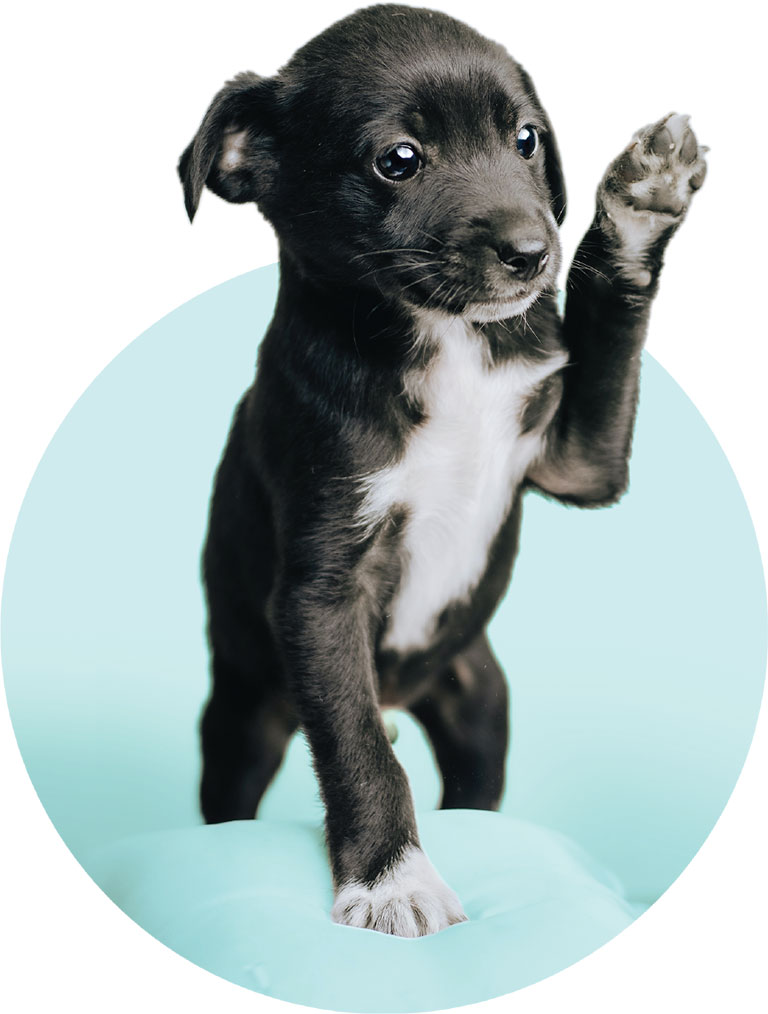



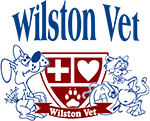









 Member Advantage
Member Advantage